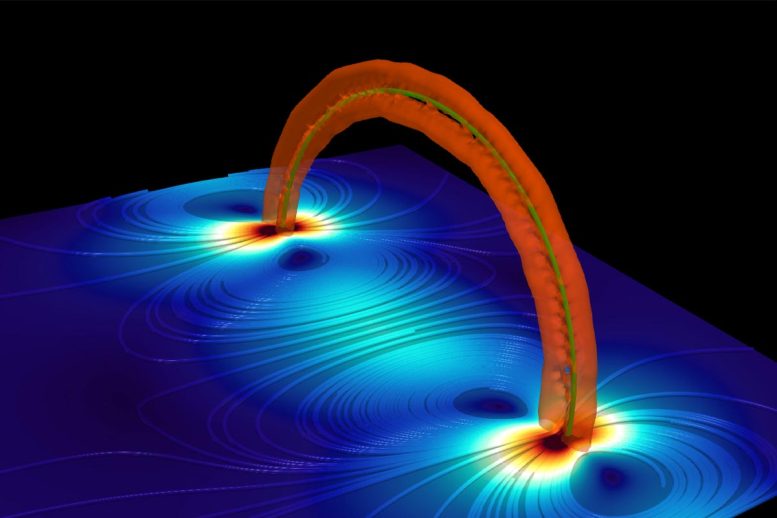
A simulated vortex ring structure in superfluid helium. Credit: Courtesy of Wei Guo
Scientists have achieved a breakthrough in the study of superfluids. Their research supports the newly proposed S2W model of vortex motion in superfluid helium, opening up potential applications in other quantum-fluid systems.
The Enigma of Superfluids
Superfluids present a captivating subject in the arena of modern physics research. Governed by the principles of quantum mechanics and celebrated for their frictionless flow, these fascinating substances have spurred curiosity among scientists due to their peculiar properties and wide-ranging potential applications.
Groundbreaking Study on Superfluids
In a landmark study, researchers from the FAMU-FSU College of Engineering led by Professor Wei Guo, have made significant strides in exploring the movement of vortices within these quantum fluids. Their research into the motion of vortex rings in superfluid helium has been published in Nature Communications. Importantly, it offers compelling evidence that backs a recently proposed theoretical model of quantized vortices.
Professor Guo expressed, “Our findings resolve long-standing questions and enhance our understanding of vortex dynamics within the superfluid.”
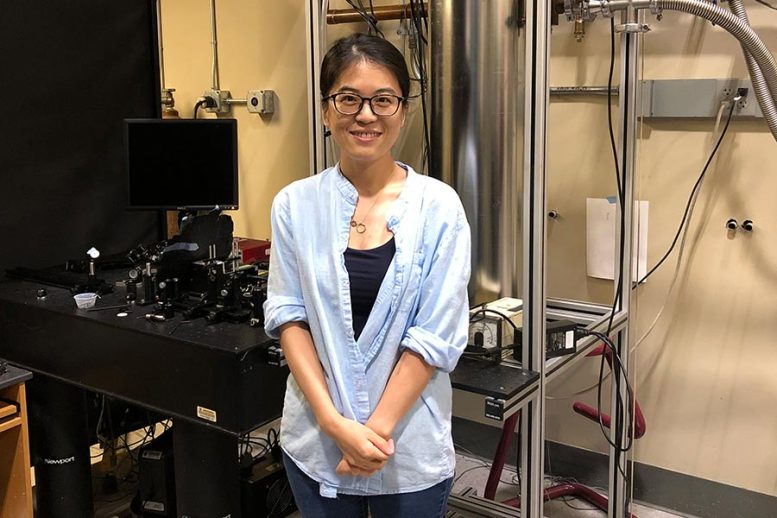
Yuan Tang, a postdoctoral researcher at the Florida State University-headquartered National High Magnetic Field Laboratory. Credit: Florida State University
Quantized Vortices in Superfluids
A distinctive attribute of superfluids is the existence of quantized vortices. These are thin, hollow tubes that resemble miniature tornadoes. They play a pivotal role in a variety of phenomena, ranging from turbulence in superfluid helium to irregularities in the rotation of neutron stars. Yet, the accurate prediction of the motion of these vortices has remained an elusive task.
In an effort to tackle this, the research team employed solidified deuterium tracer particles that became trapped within the vortex rings. By illuminating these particles with a sheet-shaped imaging laser, the team managed to capture precise images and quantify the particles’ movement.
Validation of the S2W Model
The team also conducted a series of simulations using a variety of theoretical models. The results indicated that only the recently suggested self-consistent two-way model, known as the S2W model, accurately reproduces the observed motion of the vortex rings. According to the S2W model, the ring should shrink as it interacts with the thermal environment, albeit at a slower rate than predicted by earlier theories.
Postdoctoral researcher Yuan Tang at the Florida State University-headquartered National High Magnetic Field Laboratory stated, “That was exactly what we saw. This research provides the first experimental evidence supporting the S2W model.”
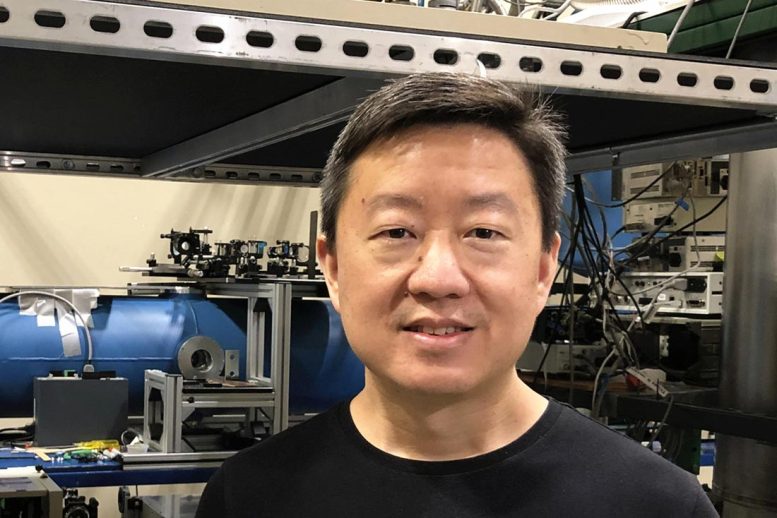
Wei Guo, professor in the Department of Mechanical Engineering at the FAMU-FSU College of Engineering. Credit: Florida State University
Implications and Future Directions
The implications of this breakthrough reach far beyond just superfluid helium. The validated S2W model offers promising prospects for utilization in other quantum-fluid systems, such as atomic Bose-Einstein condensates and superfluid neutron stars.
Guo conveyed his excitement, “We are excited about the possibilities that the S2W model offers for future studies. Now that we have confirmed its validity for superfluid helium, we aim to apply this model to other quantum-fluid systems and explore new scientific challenges.”
For more on this research, see The Great Mystery of Quantized Vortex Motion.
Reference: “Imaging quantized vortex rings in superfluid helium to evaluate quantum dissipation” by Yuan Tang, Wei Guo, Hiromichi Kobayashi, Satoshi Yui, Makoto Tsubota and Toshiaki Kanai, 23 May 2023, Nature Communications.
DOI: 10.1038/s41467-023-38787-w
The research collaboration included co-authors Hiromichi Kobayashi from Keio University, Makoto Tsubota and Satoshi Yui from Osaka Metropolitan University and FSU graduate student Toshiaki Kanai.
This work was supported by the National Science Foundation, the Gordon and Betty Moore Foundation and the Japan Society for the Promotion of Science.

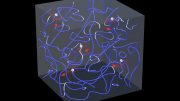
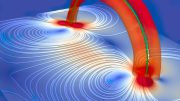
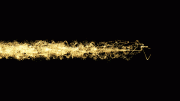

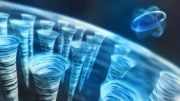
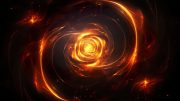
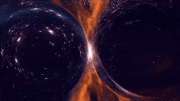
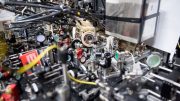
Be the first to comment on "Decoding the Dance of Vortex Rings in Superfluid Helium"